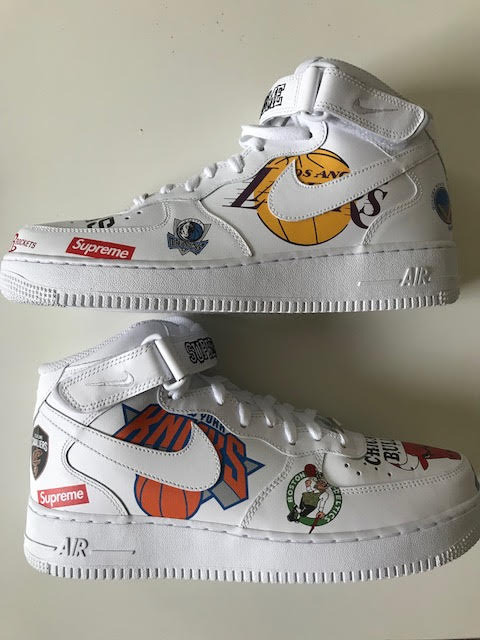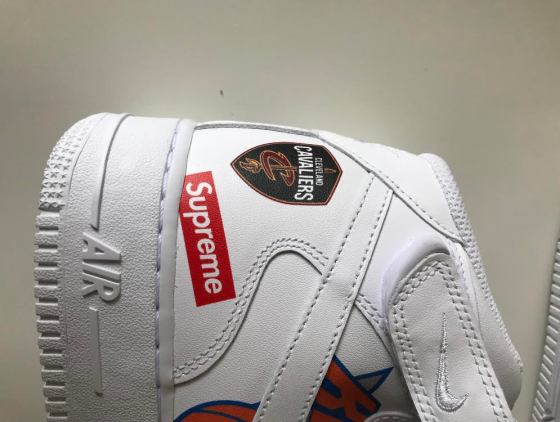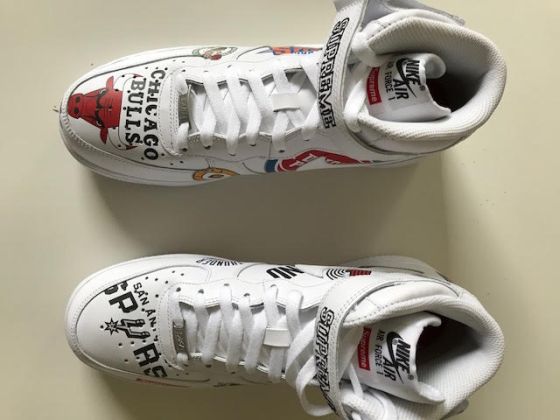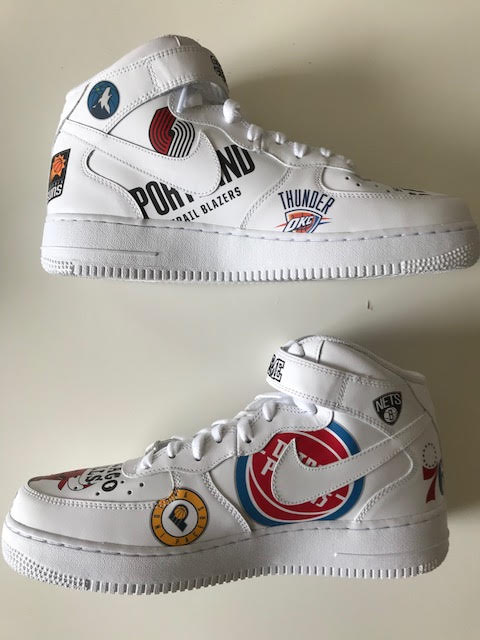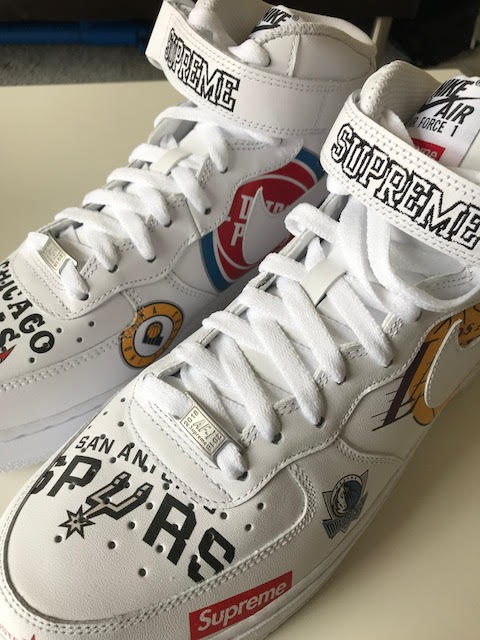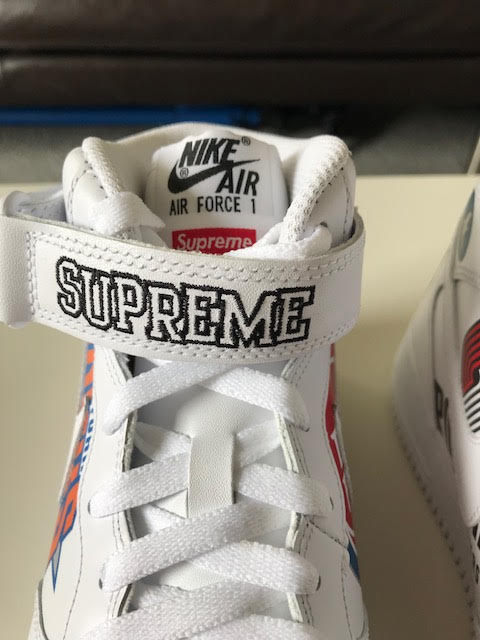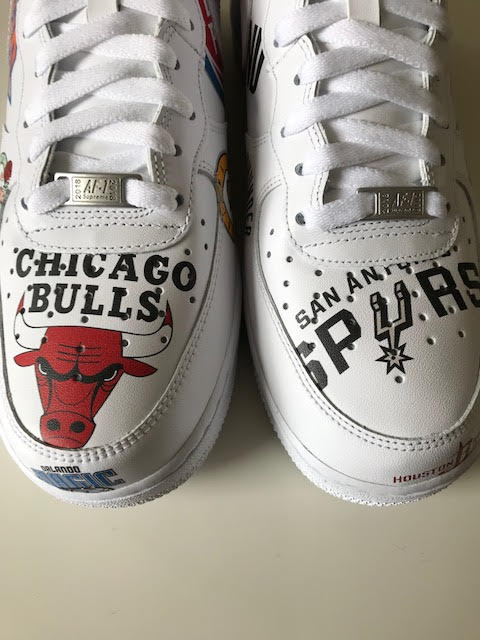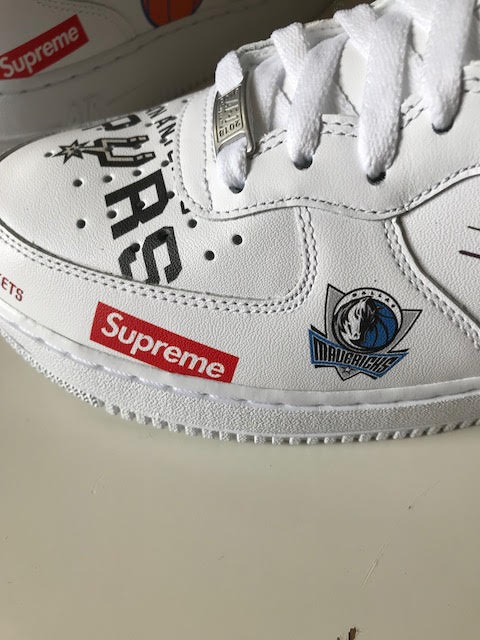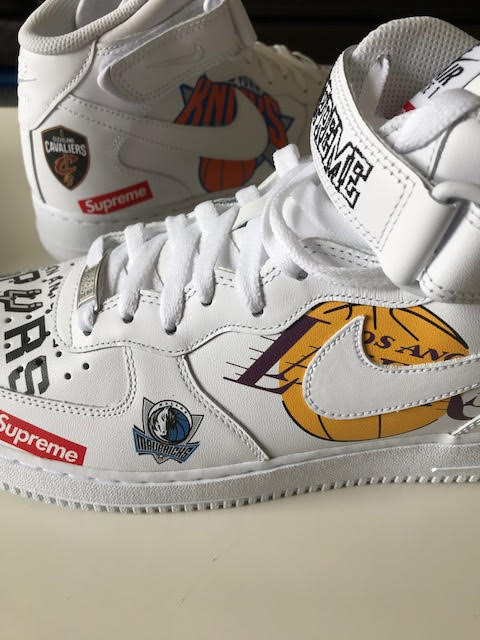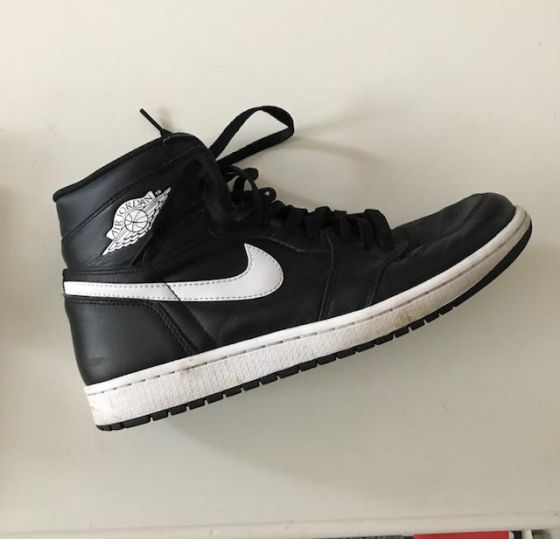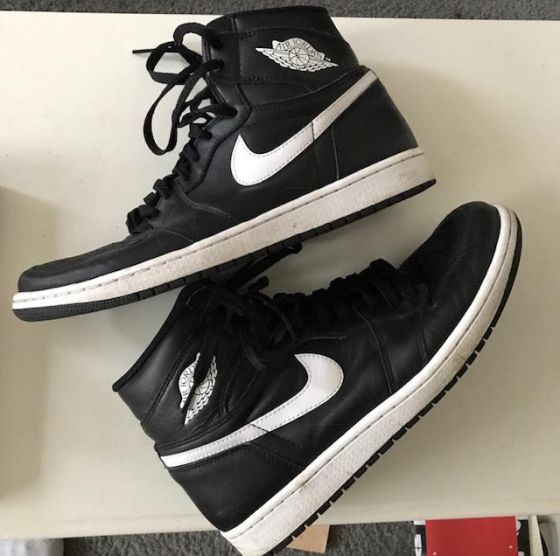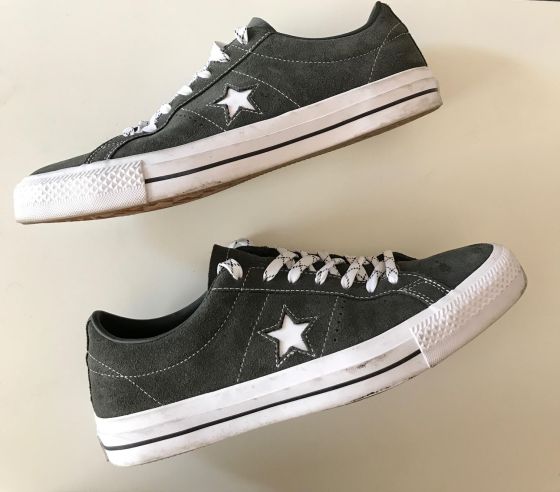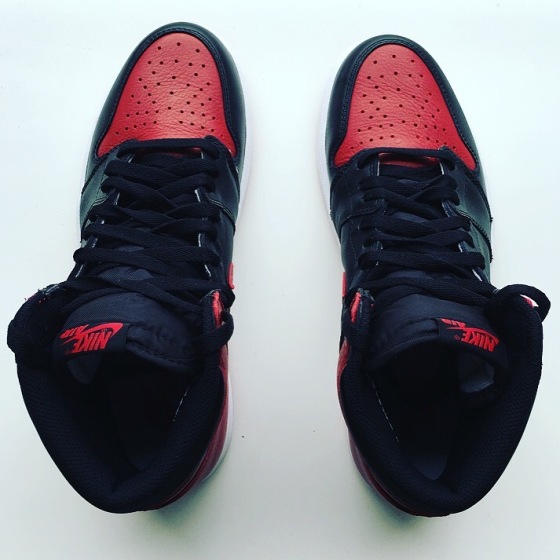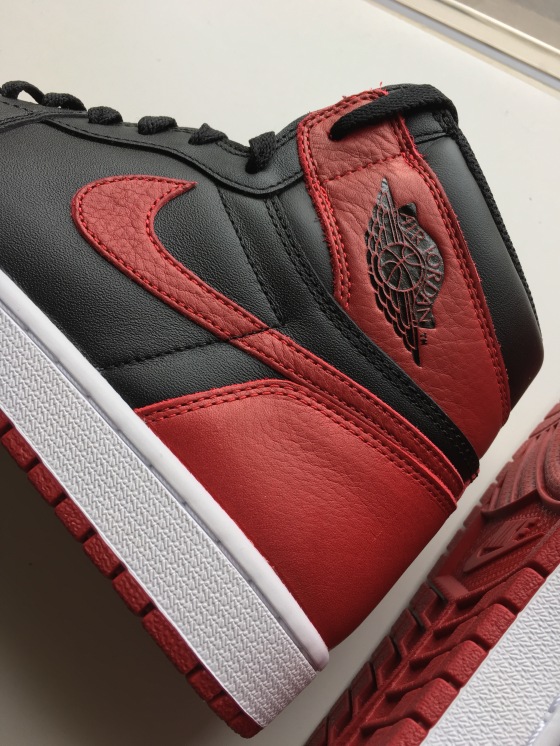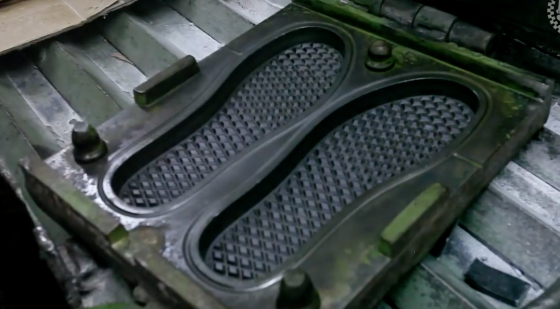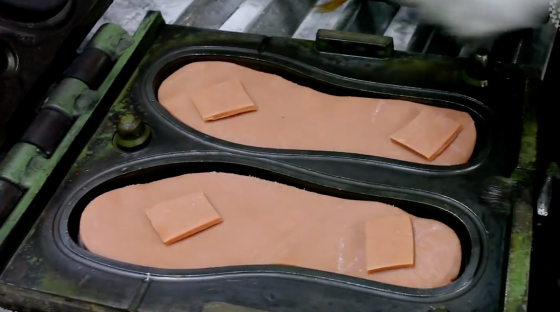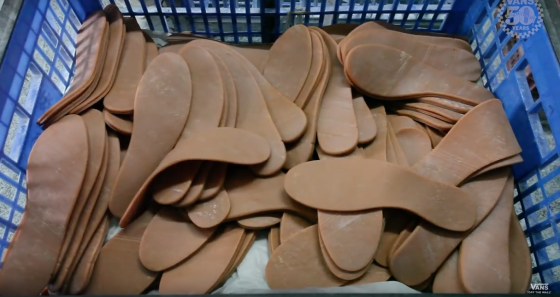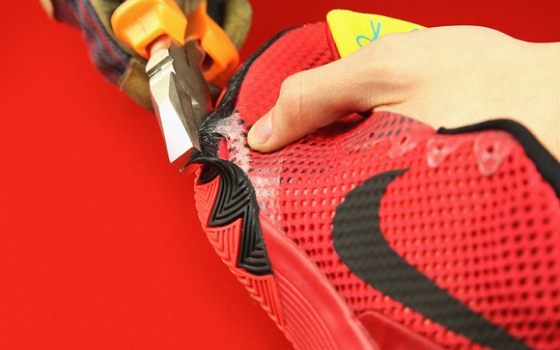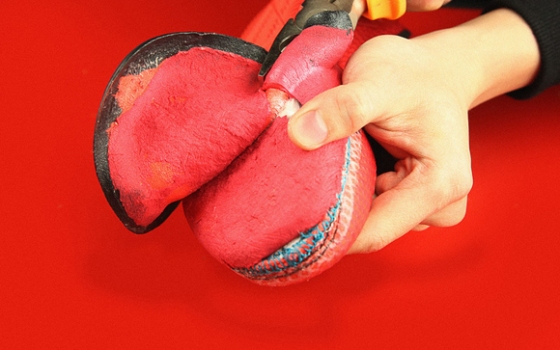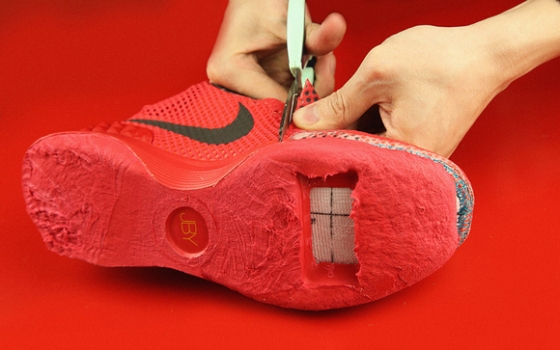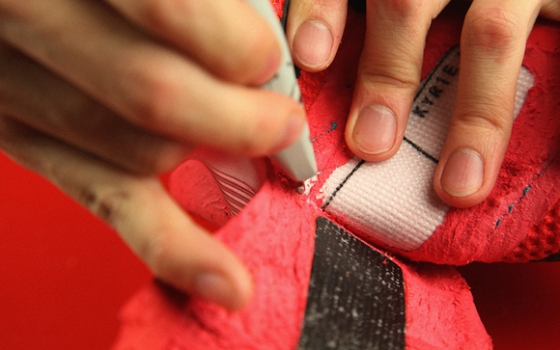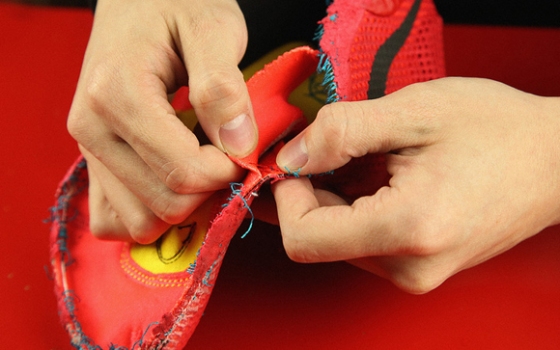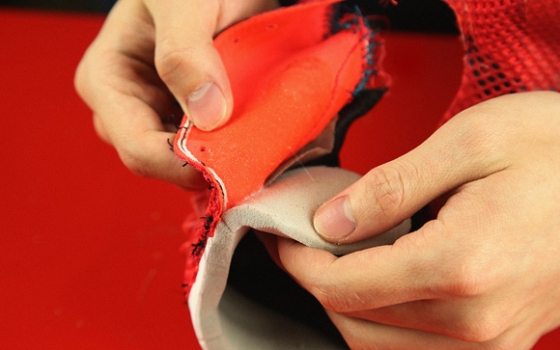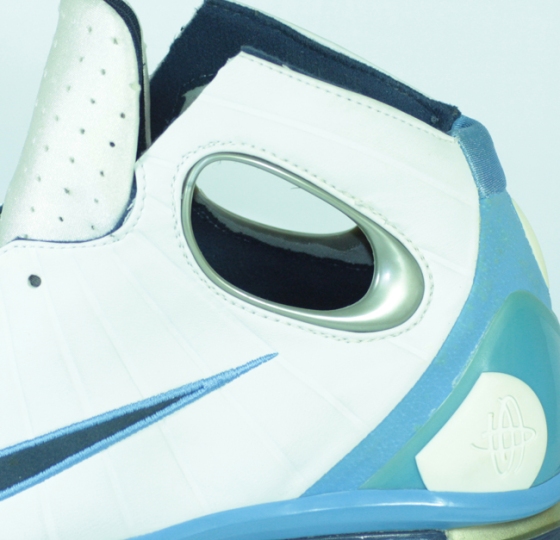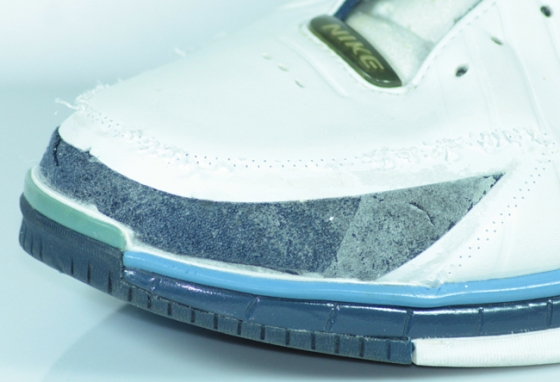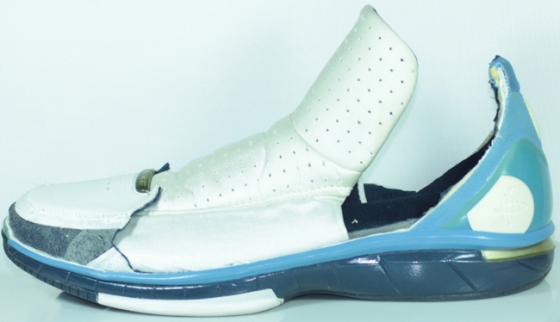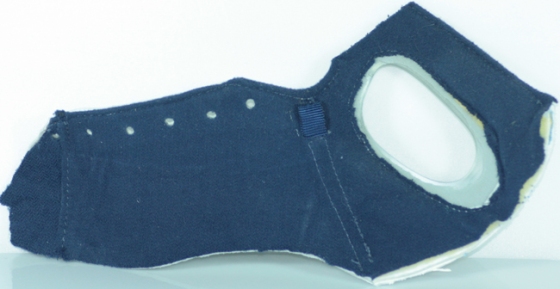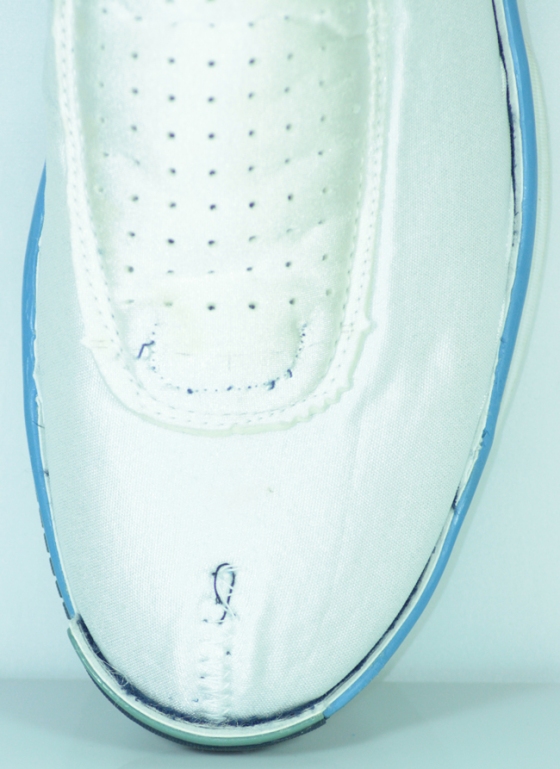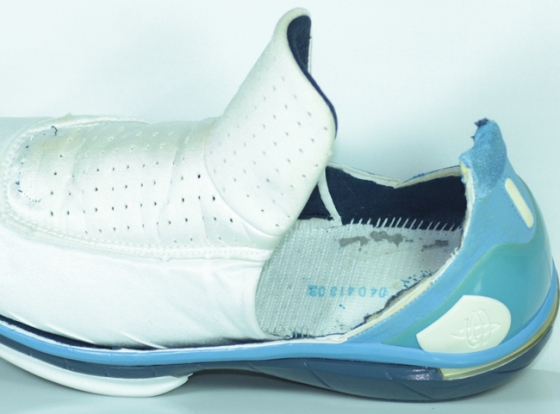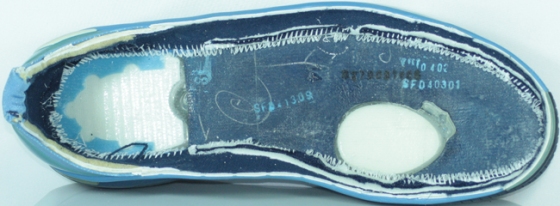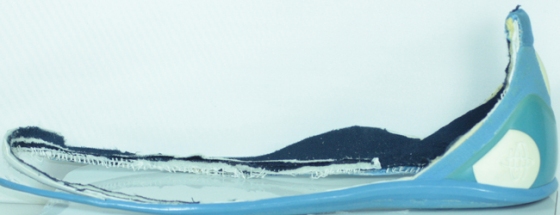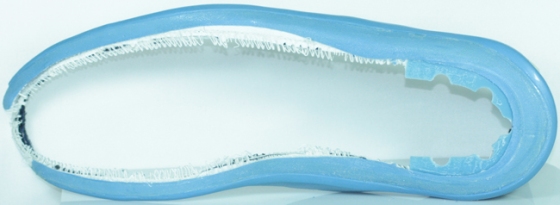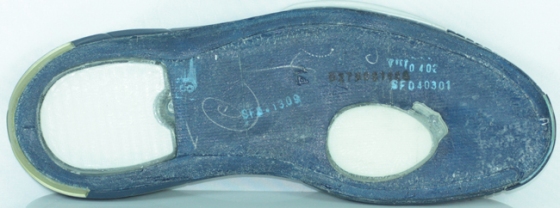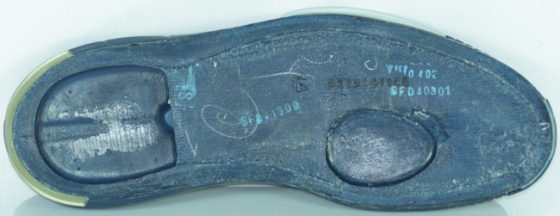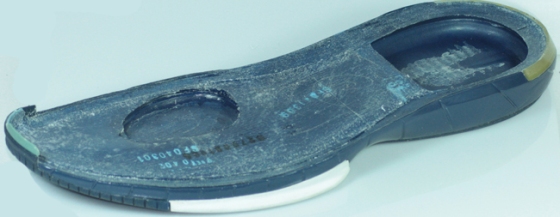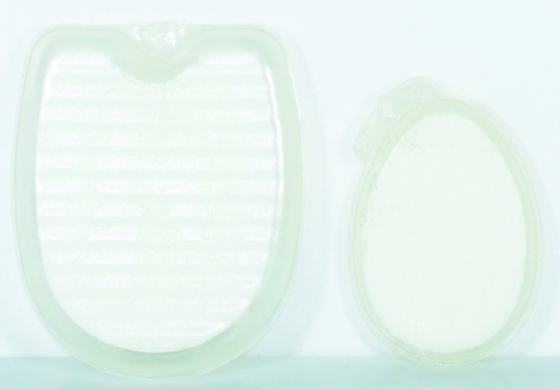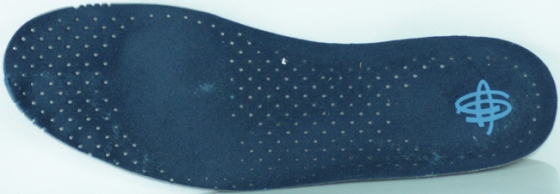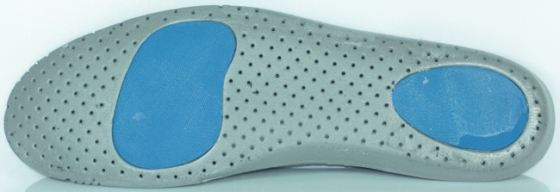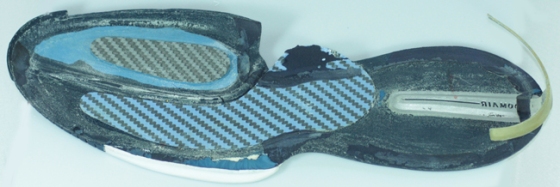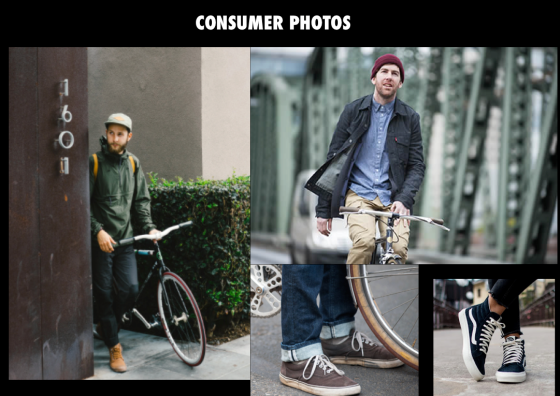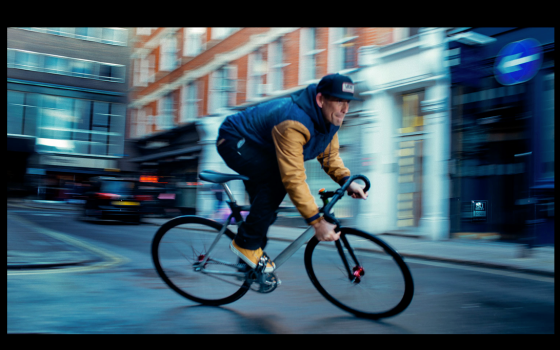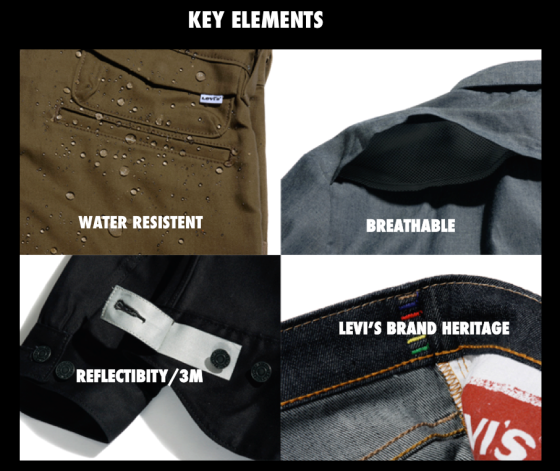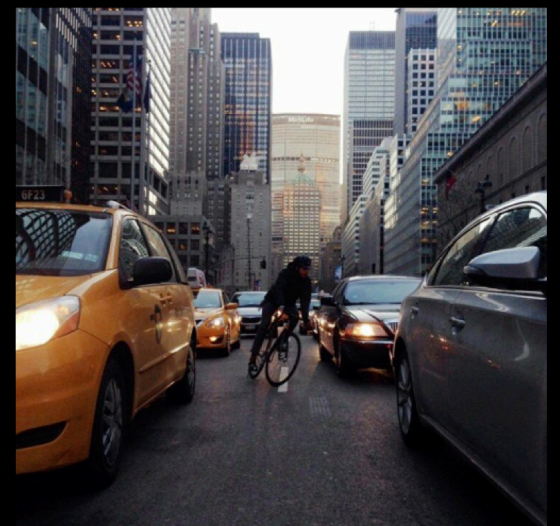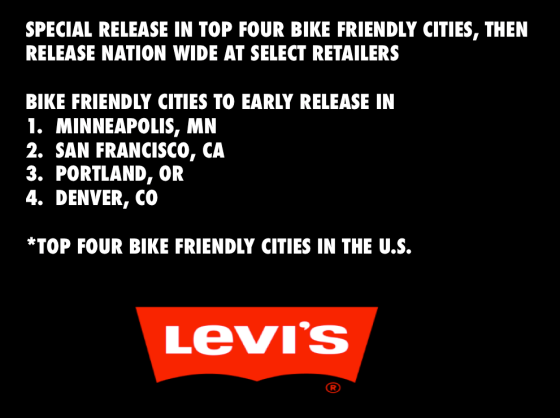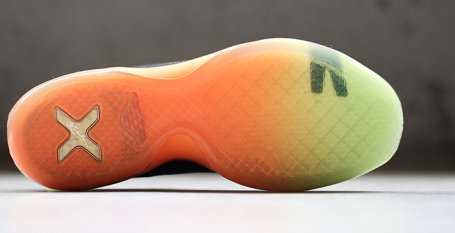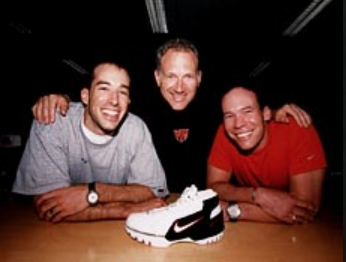Over the last few years, we’ve seen quite a resurgence in both Kobe Bryant, LeBron James, and Kevin Durant’s signature ‘team’ shoe lines. From improvements with Lebron’s Soldier line, Kobe’s Venemomenon series and Mentality series, and KD’s Trey-Five line, Nike has been giving the consumer some really good options at more affordable prices.
What started back in 1997 when Jordan separated from the Nike umbrella and became their own brand, Jordan Brand, we saw the first rendition of what what a ‘team’ Jordan shoe looked like and what it meant for MJ himself and his brand. That first Team Jordan was the Air Jumpman Pro. The full grain leather mid top was very similar to the Jordan 12, taking some design cues from the 12 and implementing them at a more affordable price. The shoe featured a sticky-rubber outsole which offered great traction, a full length Zoom Air unit for responsive cushioning, and a very durable leather upper with a lower cut and lower weight. The shoe was perceived very well among consumers at the time and graced the feet of many Team Jordan NBA players such as Mike Bibby, Kevin Garnett, Eddie Jones, and Ray Allen. The Jumpmn Pro was such as homerun hit for Jordan Brand back in 1997 that they continued their Team Line from there on, launching more team shoes such as the Jordan Team1, Jordan Pro Strong, Jumpman Pro Quick, and the Jumpman Quick 6. The Jordan Team shoes did so well because they offered a lot of the same performance benefits as the signature Jordan flagship product at the time, all while offering similar design elements just at a $25-40 cheaper price point.
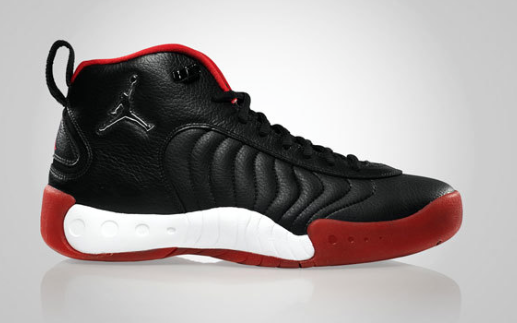
Jordan Jumpman Pro, which released in 1997.
Fast forward almost 20 years, and we now have similar Team concepts from Lebron, Kobe, and KD. Back in 2007 just after the Nike LeBron 4 had dropped, Nike Basketball equipped LeBron with a more light weight, locked down option in the Nike LeBron Soldier just in time for the NBA playoffs. The Lebron Soldier was a completely different shoe than what LeBron had been wearing all season, the LeBron 4. Unlike the Lebron 4, the Soldier featured two straps – one in the midfoot and one in the heel for premium lockdown and protection all while shedding some ounces off offering a lighter shoe. Coupled with a heel and forefoot Zoom Air combination for cushioning, the Zoom Soldier led LeBron to his first ever NBA Finals appearance. Little did we know that the Soldier Line would soon become Lebron’s signature team line, much like Jordan Brand did in the late 90’s and grace the feet of athletes from a very broad spectrum to high school courts, college courts, and the NBA.

Nike LeBron Soldier (nikelebron.net)
Now on the 9th rendition of the Lebron Soldier, the Soldier 9, the shoe features a lot of the same design elements that we’ve seen from the Soldier line – straps for lockdown and Zoom Air for premium cushioning and responsiveness. Nike Basketball dove back into their early roots from the Soldier line and cooked up an amazing product in the Soldier 9 that will soon grace the NBA and college courts this upcoming season. Priced at $130, it makes a great option for young athletes and players of all ages to be able to afford a LeBron product. The Soldier 9 has in a way become what the Nike Hyperdunk once was. Granted, a lot of players across the world still wear and like the Hyperdunk series, the Soldier line has just become a top-notch option to go long side the Hyperdunk series. With last seasons LeBron 12 being priced at $200 and the upcoming LeBron 13 expected to be retailing for $220, the Soldier 9 is a perfect example of an affordable option for those for want to buy LeBron product but just aren’t willing to offer up $220. The Soldier 9 has already gotten great praise for being a great performer on court, and you’re getting all of that without giving up performance benefits.

Nike Zoom Soldier 6 and 7 progression. Soldier 6 being the top picture and Soldier 7 below. Nike Basketball updated the Hyperfuse upper from the 6 to 7 and utilized straps in the midfoot area. Both shoes were a big hit among college players and NBA players.
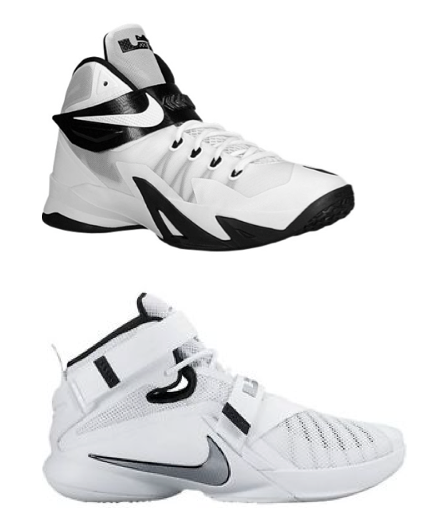
Last season’s Soldier 8 is in the top photograph with the newly released Soldier 9 in the bottom photo. Expect to see a lot of the Soldier 9 this upcoming season, which is priced at $130.
Much like the Zoom Soldier line for LeBron, the designers at Nike Basketball have recently been promoting Kobe Bryant and his new line of team shoes, the Venomenon series and the KB Mentality series. What was first only Asia exclusives (Kobe Venemonenon 1-3) the Zoom Kobe Venomenon 4 was the first of the series to release state side. Since Kobe has such a huge popluarity among Asia, Nike decided to make him a take down series which featured a lot of the elements found in Kobe signature product, just priced cheaper and made for the outdoor game in Asia. Much like Team Jordan, the Nike designers take some design elements from the previous season Kobe signature model and pack those elements into a more affordable option. If you notice, most of the Venomenon shoes look and perform a lot like previous flagship Kobe signature shoes. Priced at $20-40 cheaper than Kobe flagship footwear, they make great options for those who want Kobe product just at a more affordable price. The most recent release from the Zoom Venomenon series, the Zoom Venomenon 5, takes design elements from previous Kobe signature shoes as well as recent Nike Basketball releases such as the Nike Hyperchase and Hyperrev 2015.

Kobe Bryant with all of his Asia inspired Nike Basketball shoes, including the most recently being the Zoom Kobe Mentality 5. (photo // Nike)

Nike Zoom Kobe Venomenon 5 (photo // Nike)
Priced at $120, you’re getting a Hyperfuse mesh upper, Pylon midsole with heel and forefoot bottom loaded Zoom Air units, and an external molded heel counter for lockdown. The shoe also comes with Extra Durable Rubber (XDR) for outdoor surfaces. With the bottom loaded Zoom Air, the shoe is a great performer on court for guards and offered at an amazing price point for being Kobe product. With the Kobe 10 being priced at $180 and the Kobe 10 Elite priced at $200, the Venomenon 5 saves the consumer $60-80 dollars without giving up any performance benefits. The updates from the Venomenon 4 to the Venomenon 5 have made the 5 a much better overall performance shoe. Although the Venomenon hasn’t gotten much shine on NBA courts, it does do well among high school players and for the casual basketball player. The Zoom Kobe Venomenon 5 is out now at most retailers, with more color ways on the way for Holiday 2015 and Spring 2016.
Kobe’s other team shoe from Nike Basketball family, the KB Mentality, is another option for the consumer who’s looking for more of affordable option from the Kobe line. Priced at $100, the shoe is great option for guards who love the low-to-the-ground feel that has come from the Kobe line over the years. The KB Mentality is a pretty simple shoe on paper, only featuring a Hyperfuse upper with a drop in Lunarlon insole for cushioning, but performs like a beast on court. The shoe is eerily similar to the Kobe 8 which also featured a Hyperfuse upper and a drop in Lunarlon insole. Kobe specifically told his design team for the KB Mentality that he wanted the shoe to look and perform just like the Kobe 8 because he knew just how much the consumer loved that shoe. The design team had to take away a few things that were in the Kobe 8 to make the KB mentality an affordable option, but they did a great job in doing so. The shoe performs exactly like the Kobe 8 and features an amazing outsole design for outstanding court grip and feel.



With the recent price increases from all signature product for Nike Basketball over the last few years (LeBron, Kobe, KD), Nike has still managed to make a good product for the secondary market at a more affordable rate for their consumer without giving up any performance benefits. Yes, some of the technology may be behind a year or two, but making a good performance basketball footwear option today isn’t as easy and cheap as it may sound. Most consumers know what type of shoes they like and a lot of the time already know the technology inside of the shoes. Today’s consumer for basketball footwear is the most educated consumer we’ve ever seen. With the sneaker culture growing rapidly over the last five years, people like to know what they’re paying for.
While footwear technology continues to advance and prices increase, it’s good to know that Nike and other brands are looking out for the consumers who can’t afford signature product from their favorite athletes. Just this past year, Nike Basketball added Kyrie Irving to the Nike Basketball family and priced his first signature shoe at $110, something we hadn’t seen since the early days of Kevin Durant’s signature shoes. Making more affordable options without giving up performance benefits is going to be key for Nike Basketball moving forward. It will be interesting and exciting what they have in store for the years to come.
